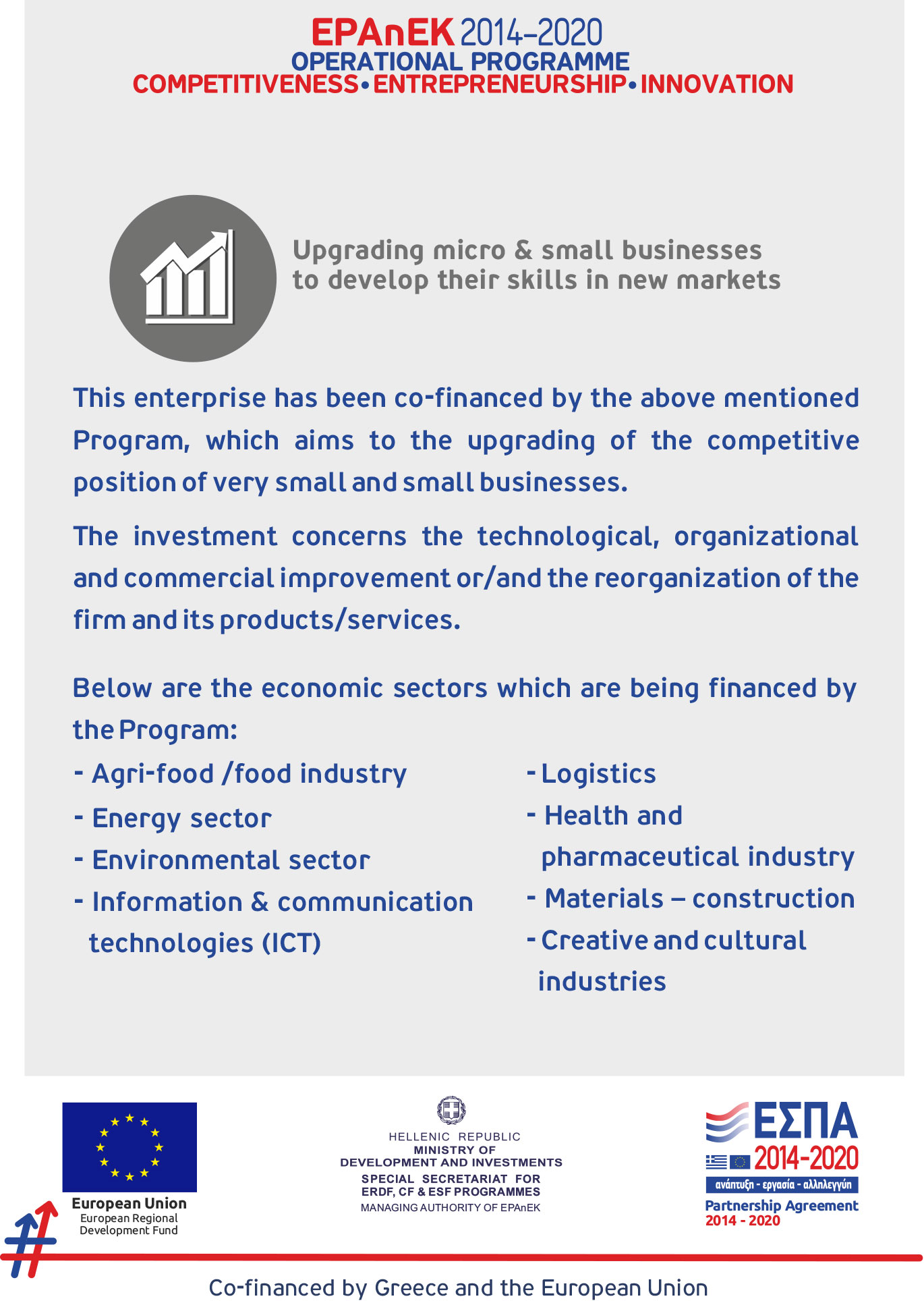By Steven J. Vaughan-Nichols
You may have noticed that I take a rather cynical view of Microsoft. But I think I am able to recognize when it does good things. As a matter of fact, I think the company made some smart moves in 2014, and it’s going to benefit from them in 2015.
One of those smart moves was to try to move beyond the fiasco that was Windows 8. Yes, Microsoft took its own sweet time in realizing just what a moronic blunder Windows 8.x’s Metro was, but it now is in the process of shoving that awkward interface into the background with Windows 10 (now in beta), bringing back the kind of windows, icon, menu and pointer (WIMP) interface that desktop users prefer.
True, the company needs to do much better in the quality assurance (QA) area. The blunders Microsoft has been making in Windows 10 are sort of understandable (it’s still beta, after all). I still don’t understand, though, how a change to Internet Explorer 11 can foul up an operating system update if, and only if, you have Office installed. No, what I find of much greater concern is an overall pattern of sloppy coding. An Exchange update that knocks out Outlook? Windows 7 patches that block other security patches? If Microsoft doesn’t make QA job number one on the desktop in 2015, Windows 10 may yet prove a flop.
It just may be, however, that Microsoft wouldn’t be that worried if Windows 10 didn’t take off.
[…]
I can also see 2015 being the year that Microsoft finally buries the hatchet with Red Hat, the leading enterprise server Linux distributor. On Azure, Microsoft already supports CoreOS, Oracle Linux, openSUSE, SUSE Linux Enterprise Server and CentOS. But to really get Linux customers on board it needs to support Red Hat Enterprise Linux as well. And 2015 will be the year it happens.
That’s a big deal. What it means is that Microsoft 2015 will no longer be the company that Bill Gates made and Steve Ballmer almost ruined. It’s a whole new Microsoft, and I, for one, will be very interested in seeing how it all works out.











